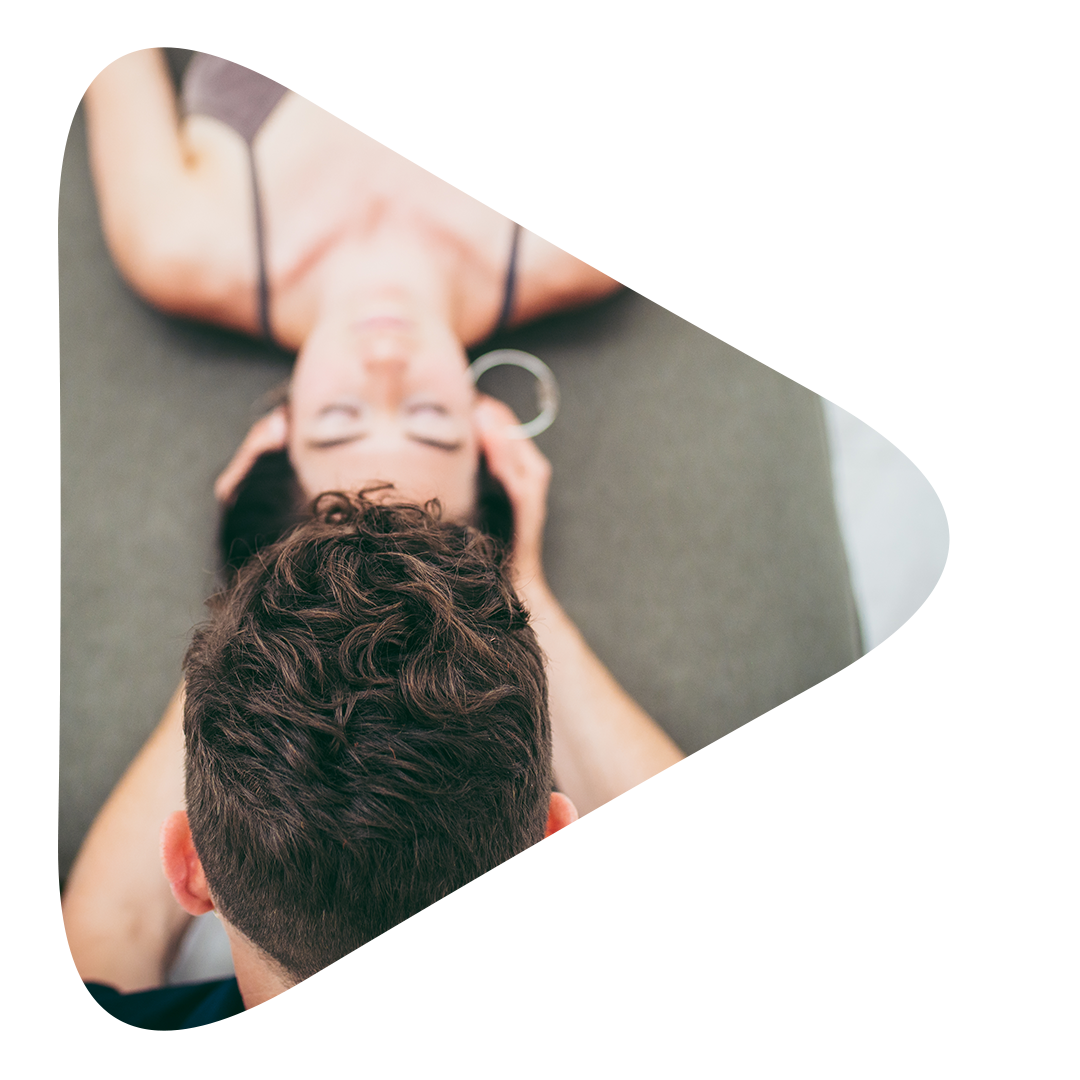

Know Pain Rolfing is a Colorado based wellnesscompany. Drawing on a foundation of Rolfing Structural Integration, Neurovascular Release technique, and the latest in pain research, I will help you develop a professional and highly personalized program to meet your individual needs.
● Managing chronic pain
● Reducing muscle tension
● Reducing stress and anxiety
● Work related injury
● Postural/structural adjustment
● Increasing athletic performance
● Increasing general quality of life

Rolfing is a highly personalized form of bodywork geared towards structural change. This means that it focuses on the relationships within the body, over individual structures. While relaxation is an important part of the therapeutic process, Rolfing is focused much more towards helping the client discover new possibilities of posture and movement.
Rolfing Hurts: Many people believe that in order for manual therapy to work, it MUST have to hurt. After all, if the body is holding a lot of tension and pain, then the only way to release it is to meet it with an equally intense force, right? This is probably the most common misconception about Rolfing® SI. Contrary to popular belief, Rolfing does not have to hurt. In the practice of Rolfing SI, we are examining and reeducating relationships within the whole structure. So while it may on some level be satisfying to have a therapist work intensely into a tender area, it may be counterproductive to the goals of the session.
While pain may be counterproductive, high levels of sensation are a common experience. Clients can expect the work to be tailored to their body’s personal levels of tolerance. This work is about feeling more of yourself, and deepening the distinction between pain and sensation.
Rolfing® is a form of deep tissue massage: While Rolfing and certain forms of massage may have some techniques in common, they come from two separate lineages. Modern era massage has its roots in a system developed by Per Henril Ling. Ling created a method of movement known as the “Swedish Movement System” in the early 1800s.
Rolfing SI, created by Dr. Ida P. Rolf, has its roots in a form of medicine called Osteopathy. Osteopathy was founded in the late 1800s by physician and surgeon Andrew Taylor Still in Kirksville, Missouri. His goal was to create a medical system of minimal intervention that would create harmony in all parts of the body. Dr. Rolf drew heavily from the Osteopathic tradition of manual therapy, and adapted it into the system of intervention we now call Rolfing. What sets Rolfing apart from many other modalities, is its emphasis on the relationships within structure and movement, rather than individual parts. Rolfing SI is taught exclusively at the Dr. Ida Rolf Institute®, and its international affiliate schools.
While relaxation is an important part of the therapeutic process, Rolfing is focused much more towards helping the client discover new possibilities of posture and movement. It is a collaborative process in which the practitioner guides the client through a deep examination of the nature of their relationship with their body and habitual movement patterns. This is done through a combination of hands on manual therapy, hands off movement queues, and honest conversation about the client’s lived experience. What is it like to be you, in your unique body?
Clients are consistently asked to check in, instead of checking out. This may be anywhere in the spectrum of simply checking in with internal sensation, to getting up from the table and moving around. As for the hands on manual therapy, clients often describe the sensation as deep, satisfying pressure.
Client comfort and safety is of the utmost importance. Please dress to your comfort level, and we will work there.
With this in mind, the predominant portion of sessions consist of hands on manual therapy. It is recommended that clients wear attire that provides a high level of access to skin. For women, this can look like sports bras, camisoles, and athletic shorts or briefs. For men this may look like boxer briefs, briefs, or athletic shorts.
The structure of sessions can look several different ways. I recommend setting up a minimum of three sessions. Working with deeply ingrained movement and pain patterns takes time, and this gives us the space to get curious about the roots of the issue. Sessions typically run approximately 90 minutes, although they may be as short as 75 minutes, and as long as two hours. If you are concerned about time commitment and scheduling, please reach out directly.
10 Series
The 10 series functions as a full body reset. We will work systematically through the whole structure over the course of ten sessions.
Price: $1111
5 Series
A 5 series is perfect for someone who has already gone through a full 10, and is looking for a tune up. It is also a great solution for somebody with a specific injury or limitation. Spreading the work over 5 sessions allows us to work with not only the initial area of concern, but the structures and relationships involved in the creation of that initial area of concern.
Price: $120/Session
Single Session
Single sessions are perfect for someone who is curious about Rolfing, and would like to get a feel for the work, and/or me as a therapist.
Price: $140
Zoom NVR
In the age of Covid-19, in person sessions may not be right for everyone. With this in mind, I have begun to offer Zoom based Neurovascular Release sessions (NVR). These are one-on-one sessions, in which I will walk you through techniques that you will be able to practice on yourself. I will guide you through a practice in which you will learn subtle techniques that can have profound impacts. Once you have learned where to work, and what to feel for, you will have a roadmap of how to care for your body wherever you are.
Price: $88/Session
Sessions can look several different ways. The 10 series functions as a full body reset. We will work systematically through the whole structure over the course of ten sessions.
3 Series
A 3 series is perfect for someone who has already gone through a full 10, and is looking for a tune up. It is also a great solution for somebody with a specific injury or limitation. Spreading the work over 3 sessions allows us to work with not only the initial area of concern, but the structures and relationships involved in the creation of that initial area of concern.
Single Session
Single sessions are perfect for someone who is curious about Rolfing, and would like to get a feel for the work, and/or me as a therapist.
Zoom NVR
In the age of Covid-19, in person sessions may not be right for everyone. With this in mind, I have begun to offer Zoom based Neurovascular Release sessions (NVR). These are one-on-one sessions, in which I will walk you through techniques that you will be able to practice on yourself. I will guide you through a practice in which you will learn subtle techniques that can have profound impacts. Once you have learned where to work, and what to feel for, you will have a roadmap of how to care for your body wherever you are.
